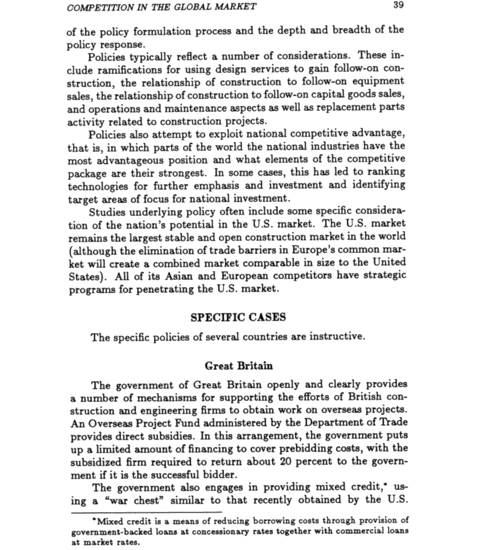Výhodné soutěžní balíčky: Maximizing Your Competitive Edge
In today’s fast-paced business environment, understanding how to leverage competitive advantages is crucial for success. An intriguing fact is that companies that effectively optimize their competitive advantages can outperform their rivals by up to 40%. This statistic underscores the importance of implementing well-structured competitive packages in any industry. In this article, we will delve into the concept of competitive packages, how they can benefit your business, and effective strategies for utilizing them.
As we navigate through the intricacies of competitive packages, we will address the needs and expectations of the workforce, explore potential barriers to success, and provide practical insights. By the end of this article, you will have a comprehensive understanding of what competitive packages entail and how to implement them in your business strategy.
We will cover the following main sections: defining competitive packages, their advantages, strategies for implementation, case studies of successful applications, potential challenges, and a conclusion that wraps up the key takeaways and action points.
Understanding Competitive Packages
At its core, a competitive package refers to a set of benefits offered by a business to attract and retain talent while maintaining a competitive edge in the market. These packages can include salaries, bonuses, healthcare benefits, retirement plans, and other perks designed to enhance employee satisfaction and productivity.
The Components of Competitive Packages
- Salary: A crucial factor in attracting top talent.
- Bonuses: Incentives for meeting or exceeding performance metrics.
- Health Benefits: Comprehensive insurance plans that ensure employee well-being.
- Retirement Plans: Options that assist in the long-term financial security of employees.
- Work-life Balance Initiatives: Flexible hours and remote work options that contribute to job satisfaction.
Why Competitive Packages Matter
Competitive packages are essential for several reasons:
- Attracting Talent: A well-structured package can significantly increase your ability to attract skilled professionals.
- Employee Retention: Satisfied employees are less likely to leave, reducing turnover costs.
- Enhanced Productivity: Employees who feel valued are often more productive and engaged in their work.
Implementing Competitive Packages
Now that we understand what competitive packages are and their significance, let’s discuss how to implement them effectively in your organization.
Conducting Market Research
Before designing your competitive package, it’s vital to conduct thorough market research. Understanding what your competitors offer can help you determine what’s necessary to attract talent without overspending.
Assessing Employee Needs
Regularly survey your employees to gauge their needs and expectations regarding benefits. This can help tailor your packages to meet their preferences and demonstrate that you value their input.
Effective Communication
Clearly communicating the benefits of your competitive package is essential. Ensure that employees understand what is being offered and how it can positively impact their work-life balance and overall satisfaction.
Case Studies: Success Stories
Many companies have successfully utilized competitive packages to differentiate themselves in the marketplace. For instance:
Company A: Tech Giants
Company A has integrated competitive packages that include remote work options, comprehensive health insurance, and generous paid time off. This approach has led to a 30% decrease in turnover rates and increased employee satisfaction scores.
Company B: Retail Sector
In the retail sector, Company B adopted a unique bonus structure tied to sales performance, paired with flexible scheduling options. This resulted in higher sales figures and improved team morale.
Challenges in Implementing Competitive Packages
While competitive packages can offer numerous benefits, there are challenges to consider:
Cost Considerations
Creating competitive packages can be expensive. Companies must evaluate their financial capabilities before making commitments to additional benefits.
Market Fluctuations
Changes in the economic environment can impact what companies can offer. Maintaining adaptability is crucial to sustaining competitive packages.
Conclusion
In conclusion, implementing well-defined competitive packages can significantly contribute to a company’s success by attracting and retaining top talent, enhancing productivity, and creating an engaged workforce. Conducting market research, assessing employee needs, and strategically communicating offerings are essential steps in the process. It is vital to remain adaptable to potential challenges and continually tweak these packages to align with market trends and employee expectations.
For further reading on competitive strategies, please check out these resources: Article on Competitive Strategies and Insights into Market Positioning.

